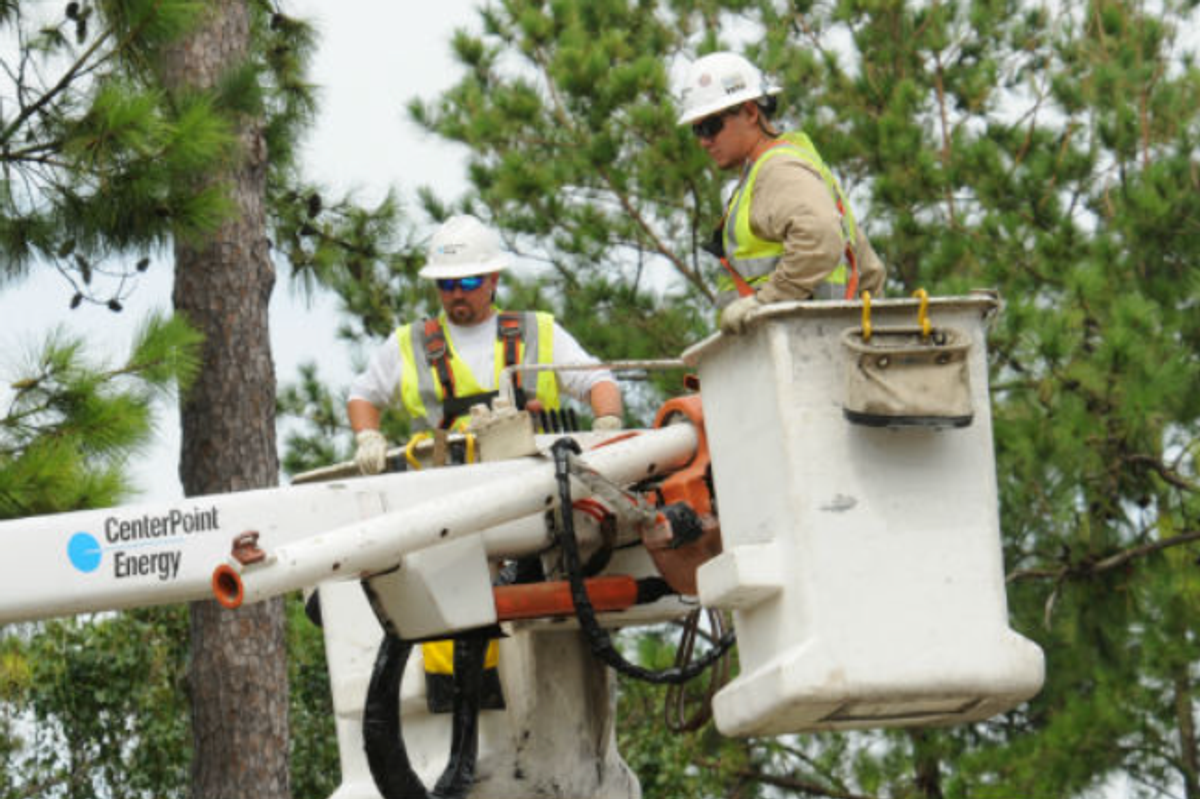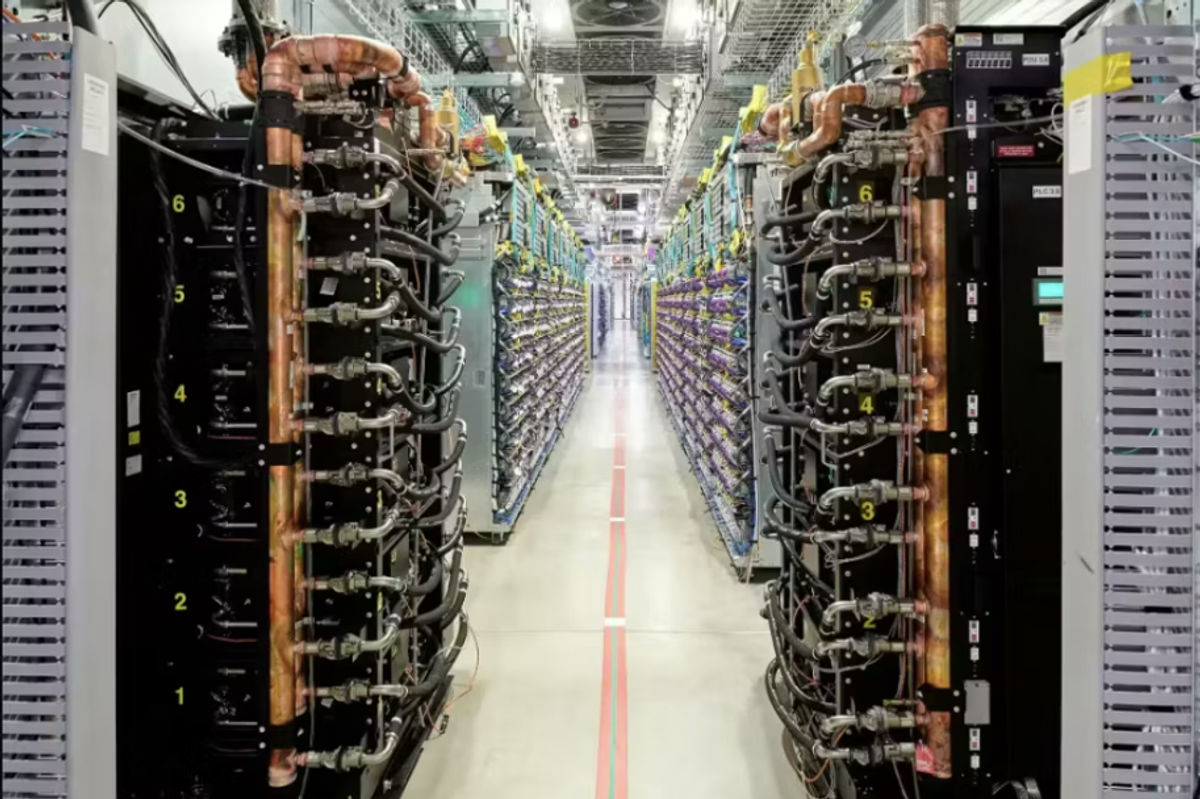UH researchers make breakthrough in cutting carbon capture costs
Carbon breakthrough
A team of researchers at the University of Houston has made two breakthroughs in addressing climate change and potentially reducing the cost of capturing harmful emissions from power plants.
Led by Professor Mim Rahimi at UH’s Cullen College of Engineering, the team released two significant publications that made significant strides relating to carbon capture processes. The first, published in Nature Communications, introduced a membraneless electrochemical process that cuts energy requirements and costs for amine-based carbon dioxide capture during the acid gas sweetening process. Another, featured on the cover of ES&T Engineering, demonstrated a vanadium redox flow system capable of both capturing carbon and storing renewable energy.
“These publications reflect our group’s commitment to fundamental electrochemical innovation and real-world applicability,” Rahimi said in a news release. “From membraneless systems to scalable flow systems, we’re charting pathways to decarbonize hard-to-abate sectors and support the transition to a low-carbon economy.”
According to the researchers, the “A Membraneless Electrochemically Mediated Amine Regeneration for Carbon Capture” research paper marked the beginning of the team’s first focus. The research examined the replacement of costly ion-exchange membranes with gas diffusion electrodes. They found that the membranes were the most expensive part of the system, and they were also a major cause of performance issues and high maintenance costs.
The researchers achieved more than 90 percent CO2 removal (nearly 50 percent more than traditional approaches) by engineering the gas diffusion electrodes. According to PhD student and co-author of the paper Ahmad Hassan, the capture costs approximately $70 per metric ton of CO2, which is competitive with other innovative scrubbing techniques.
“By removing the membrane and the associated hardware, we’ve streamlined the EMAR workflow and dramatically cut energy use,” Hassan said in the news release. “This opens the door to retrofitting existing industrial exhaust systems with a compact, low-cost carbon capture module.”
The second breakthrough, published by PhD student Mohsen Afshari, displayed a reversible flow battery architecture that absorbs CO2 during charging and releases it upon discharge. The results suggested that the technology could potentially provide carbon removal and grid balancing when used with intermittent renewables, such as solar or wind power.
“Integrating carbon capture directly into a redox flow battery lets us tackle two challenges in one device,” Afshari said in the release. “Our front-cover feature highlights its potential to smooth out renewable generation while sequestering CO2.”










